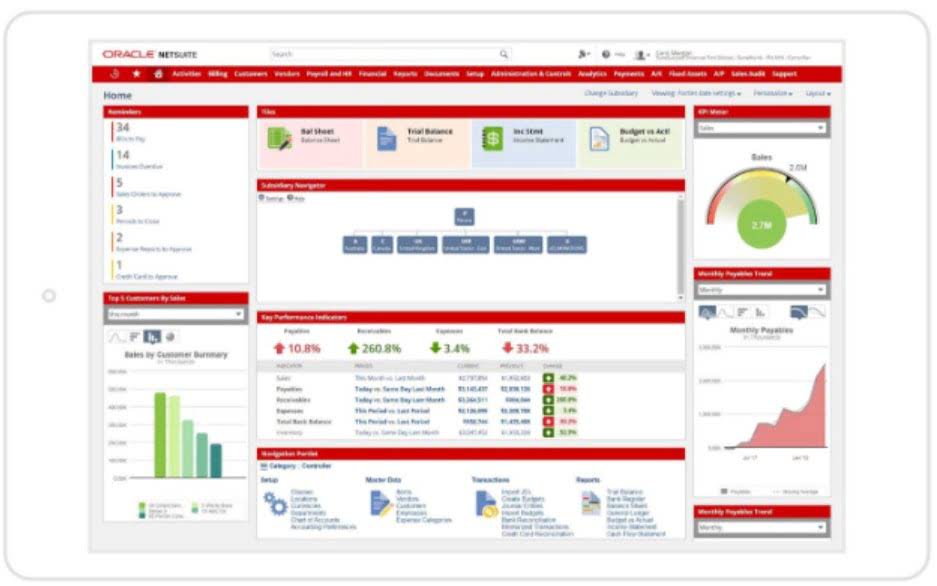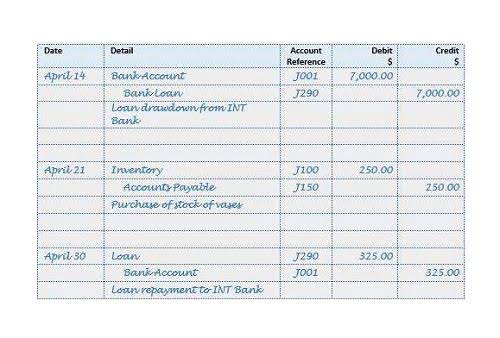
Once the asset is placed in service and shifted to its final fixed asset account, begin depreciating it. Thus, construction work in progress is one of only two fixed asset accounts that are not depreciated – the other one being the land account. The accounting for construction in progress for such businesses is a little bit complicated. After the construction has been completed, the relevant building, plant, or equipment account is debited with the same amount as construction in progress. After the completion of construction, the company will record depreciation on the asset. Another objective of recording construction in progress is scrutiny and audit of accounts.
Firstly, a construction company does double-entry bookkeeping, as it is the approved method of tracking finances in the industry. There is no depreciation of the accumulated costs until the project is completed and the asset is placed into service. With construction companies always on the move, there are more categories and accounts to keep track of, creating challenges that are unique to the construction industry. One of these challenges is learning how to record construction in progress accounting. Let’s assume that a company is expanding its warehouse and the project is expected to take four months to complete.
How do you account for a project under construction?
It allows for streamlined financial management, automated processes, and better coordination between field and office teams, ultimately leading to cost savings and smoother operations. In cost to cost method, all the cost incurred to the date is divided by the project’s total expected cost. Under the IAS 11.8, if a construction contract relates to building two or more assets, each asset will be treated as a separate contract https://www.bookstime.com/ if specific conditions are fulfilled. The IAS 11.9 regulates the treatment of two or more assets’ construction as a single contract if they are negotiated as one contract. Whether construction is an asset or liability depends on the perspective of the person viewing it. However, if the construction is being done on the person’s own home, they may see it as an asset, as it will eventually add value to their property.

Construction-in-progress or CIP accounting is a technique accountants use to manage costs linked to fixed-asset constructions. This technique works because construction projects are way more complex than other projects. Many unique costs are involved in construction projects, and mixing them with others on the balance sheet only creates disarray.
Related to Accounts Payable CIP
Businesses must prepare accurate, up-to-date financial reports that account for their expenses and profits. A balance sheet shows a company’s net worth at any given time and includes all of its assets, even those not currently in use. Every business must prepare up-to-date and accurate reports to account for their profits and expenses. Perhaps one of the most important is the balance sheet that indicates a company’s net worth. The balance sheet also includes information about the company’s assets, even those currently not in use. Construction accounting is not just tracking accounts payable, receivable, and payroll.
- Additionally, proper CIP Accounting is important for financial transparency and to ensure that profits are accurately represented, especially in cases where construction projects span extended periods.
- Construction Work-in-Progress is a noncurrent asset account in which the costs of constructing long-term, fixed assets are recorded.
- Construction work in progress can be used by businesses to calculate the costs of building a fixed asset.
- If a company does not track these costs accurately, its finance department may wonder why the company is generating expenses that do not immediately produce profits.
By tracking changes over time, stakeholders can identify potential conflicts and make necessary adjustments. Tracking expenses and revenues can help business owners make better decisions about their future investments. Companies that don’t track CIP costs accurately and separately make their records more complicated than they need to be.
Construction Work In Progress Accounting
A firm’s CIP balance also reflects the sum of all the invoices from subcontractors, material suppliers and equipment providers that are billed indirectly through the general contractor. Any asset that provides an economic benefit for or within a year of purchase is considered a current asset. Construction work in progress can be recorded on a company’s balance sheet as a PP&E account, which is made up of property, plants, and equipment.

WIP reports, in addition to being useful for contractors, owners, and managers, can also be useful for those in charge of the project. Stakeholders can make informed decisions about how to allocate resources and how to manage the project’s scope based on their understanding of where the project stands. WIP reports can also be used to diagnose and troubleshoot problems earlier in the process.
Why Auditors Target Construction Companies?
When you make a home improvement, such as installing central air conditioning or replacing the roof, you cannot deduct the cost from the year you spent the money. You may be able to reduce your taxes if cip accounting you keep track of these expenses in the year you sell your home. – Construction companies must also track anomalies like job costing, retention, progress billings, change orders, and customer deposits.
Accounting for fixed-asset construction is a type of construction-in-progress accounting that is used by accountants. Construction assets are kept separate from the rest of the company’s balance sheet until the project is completed in an CIP account. Businesses must submit accurate, up-to-date financial reports if they want to keep their finances in order.
Construction in progress (CIP) is an accounting method used to track the cost of incomplete construction projects. The method is used to allocate the costs of materials, labor, and overhead to the project as it progresses. While costs are being accumulated in the construction work in progress account, do not commence depreciating the asset, because it has not yet been placed in service.

Najnowsze komentarze